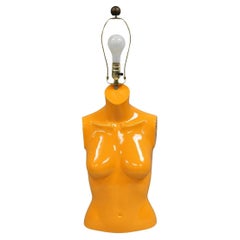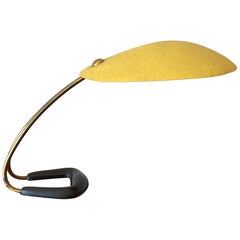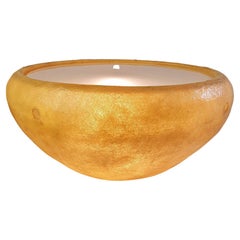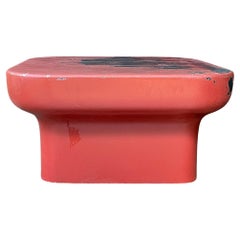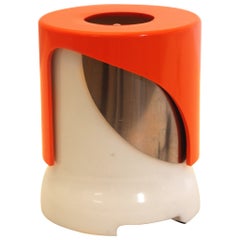Orange Fiberglass Table
Late 20th Century Unknown Mid-Century Modern Table Lamps
Fiberglass
Vintage 1950s Austrian Mid-Century Modern Table Lamps
Mid-20th Century Italian Mid-Century Modern Coffee and Cocktail Tables
Fiberglass
Vintage 1970s American Mid-Century Modern Coffee and Cocktail Tables
Fiberglass
Mid-20th Century French Space Age Table Lamps
Concrete
2010s Italian Modern Center Tables
Fiberglass
Vintage 1960s Italian Space Age Table Lamps
Chrome
Vintage 1970s Italian Space Age Coffee and Cocktail Tables
Fiberglass
Vintage 1960s Italian Mid-Century Modern Table Lamps
Plastic, Fiberglass
Vintage 1950s American Mid-Century Modern Table Lamps
Brass
Mid-20th Century American Mid-Century Modern Table Lamps
Brass
Mid-20th Century Italian Mid-Century Modern Desks
Chrome
21st Century and Contemporary American Console Tables
Fiberglass
21st Century and Contemporary Italian Modern Console Tables
Resin, Fiberglass
21st Century and Contemporary Italian Modern Center Tables
Fiberglass, Poplar, Plywood
Vintage 1950s Austrian Mid-Century Modern Table Lamps
Metal, Brass
21st Century and Contemporary Italian Modern Console Tables
Resin, Fiberglass
21st Century and Contemporary Turkish Post-Modern Side Tables
Fiberglass
Vintage 1960s Canadian Mid-Century Modern Table Lamps
Brass
21st Century and Contemporary Turkish Side Tables
Fiberglass
Mid-20th Century Mid-Century Modern More Lighting
Late 20th Century French Coffee and Cocktail Tables
Metal
Mid-20th Century American Modern Table Lamps
Fiberglass
20th Century American Mid-Century Modern Table Lamps
Brass, Enamel
Vintage 1950s American Mid-Century Modern Table Lamps
Metal, Brass
Vintage 1970s American Tables
Fiberglass
Vintage 1970s Belgian Space Age Side Tables
Fiberglass
Vintage 1960s Italian Mid-Century Modern Side Tables
Fiberglass
Vintage 1960s Italian Mid-Century Modern Side Tables
Fiberglass
Vintage 1960s Italian Mid-Century Modern Side Tables
Fiberglass
Late 20th Century Unknown Mid-Century Modern Desks and Writing Tables
Fiberglass
Vintage 1960s American Mid-Century Modern Table Lamps
Brass
20th Century American Mid-Century Modern Table Lamps
Ceramic, Fiberglass
Vintage 1960s European Mid-Century Modern Table Lamps
Fiberglass
Vintage 1960s Italian Mid-Century Modern Table Lamps
Fiberglass
Vintage 1960s French Space Age Table Lamps
Fiberglass
Mid-20th Century Unknown Mid-Century Modern Benches
Upholstery, Fiberglass
Mid-20th Century French Mid-Century Modern Table Lamps
Stone
Vintage 1940s American Mid-Century Modern Table Lamps
Fiberglass
Early 2000s Italian Modern Table Lamps
Steel
2010s Italian Modern Console Tables
Fiberglass
Vintage 1960s Mid-Century Modern Table Lamps
Fiberglass
Vintage 1960s French Mid-Century Modern Desks and Writing Tables
Fiberglass
Vintage 1950s American Mid-Century Modern Table Lamps
Brass
Vintage 1970s Brutalist Table Lamps
Fiberglass
Mid-20th Century German Space Age Table Lamps
Metal
Late 20th Century Italian Mid-Century Modern Table Lamps
Fiberglass
Early 20th Century Dutch Minimalist Table Lamps
Metal, Nickel
Vintage 1970s Dutch Modern Lounge Chairs
Fiberglass, Paint
Vintage 1960s German Mid-Century Modern Chairs
Glass, Fiberglass, Upholstery
Vintage 1960s German Mid-Century Modern Chairs
Upholstery, Glass, Fiberglass
Vintage 1960s Finnish Mid-Century Modern Side Tables
Fiberglass
Vintage 1960s Italian Mid-Century Modern Table Lamps
Plastic, Fiberglass
Vintage 1950s American Mid-Century Modern Table Lamps
Brass
Vintage 1960s American Patio and Garden Furniture
Fiberglass
Vintage 1960s Finnish Space Age Coffee and Cocktail Tables
Fiberglass
Vintage 1960s Italian Mid-Century Modern Carts and Bar Carts
Plastic, Fiberglass, Glass
Vintage 1970s French Mid-Century Modern Table Lamps
Marble
- 1
Orange Fiberglass Table For Sale on 1stDibs
How Much is a Orange Fiberglass Table?
Materials: Plastic Furniture
Arguably the world’s most ubiquitous man-made material, plastic has impacted nearly every industry. In contemporary spaces, new and vintage plastic furniture is quite popular and its use pairs well with a range of design styles.
From the Italian lighting artisans at Fontana Arte to venturesome Scandinavian modernists such as Verner Panton, who created groundbreaking interiors as much as he did seating — see his revolutionary Panton chair — to contemporary multidisciplinary artists like Faye Toogood, furniture designers have been pushing the boundaries of plastic forever.
When The Graduate's Mr. McGuire proclaimed, “There’s a great future in plastics,” it was more than a laugh line. The iconic quote is an allusion both to society’s reliance on and its love affair with plastic. Before the material became an integral part of our lives — used in everything from clothing to storage to beauty and beyond — people relied on earthly elements for manufacturing, a process as time-consuming as it was costly.
Soon after American inventor John Wesley Hyatt created celluloid, which could mimic luxury products like tortoiseshell and ivory, production hit fever pitch, and the floodgates opened for others to explore plastic’s full potential. The material altered the history of design — mid-century modern legends Charles and Ray Eames, Joe Colombo and Eero Saarinen regularly experimented with plastics in the development of tables and chairs, and today plastic furnishings and decorative objects are seen as often indoors as they are outside.
Find vintage plastic lounge chairs, outdoor furniture, lighting and more on 1stDibs.
